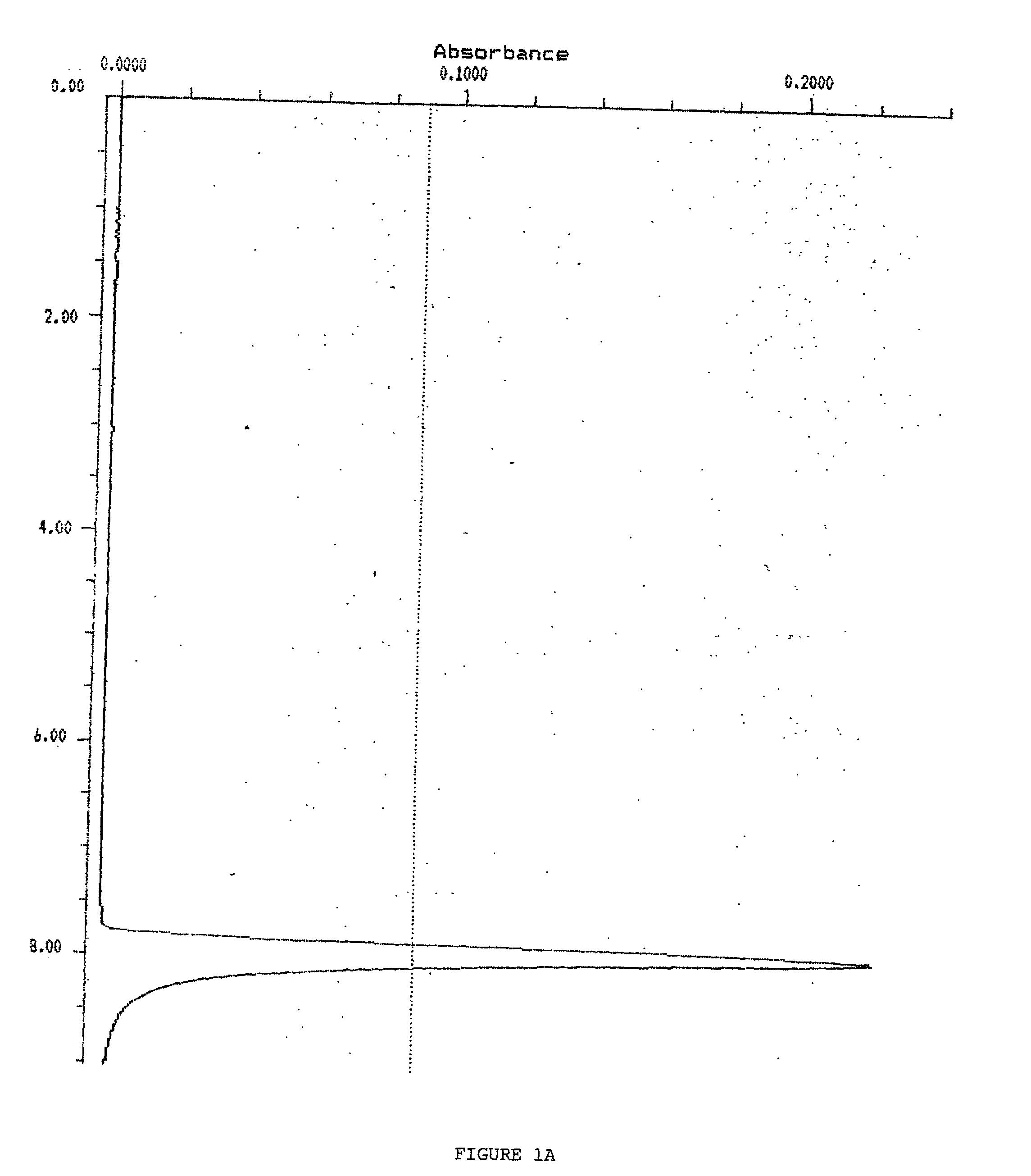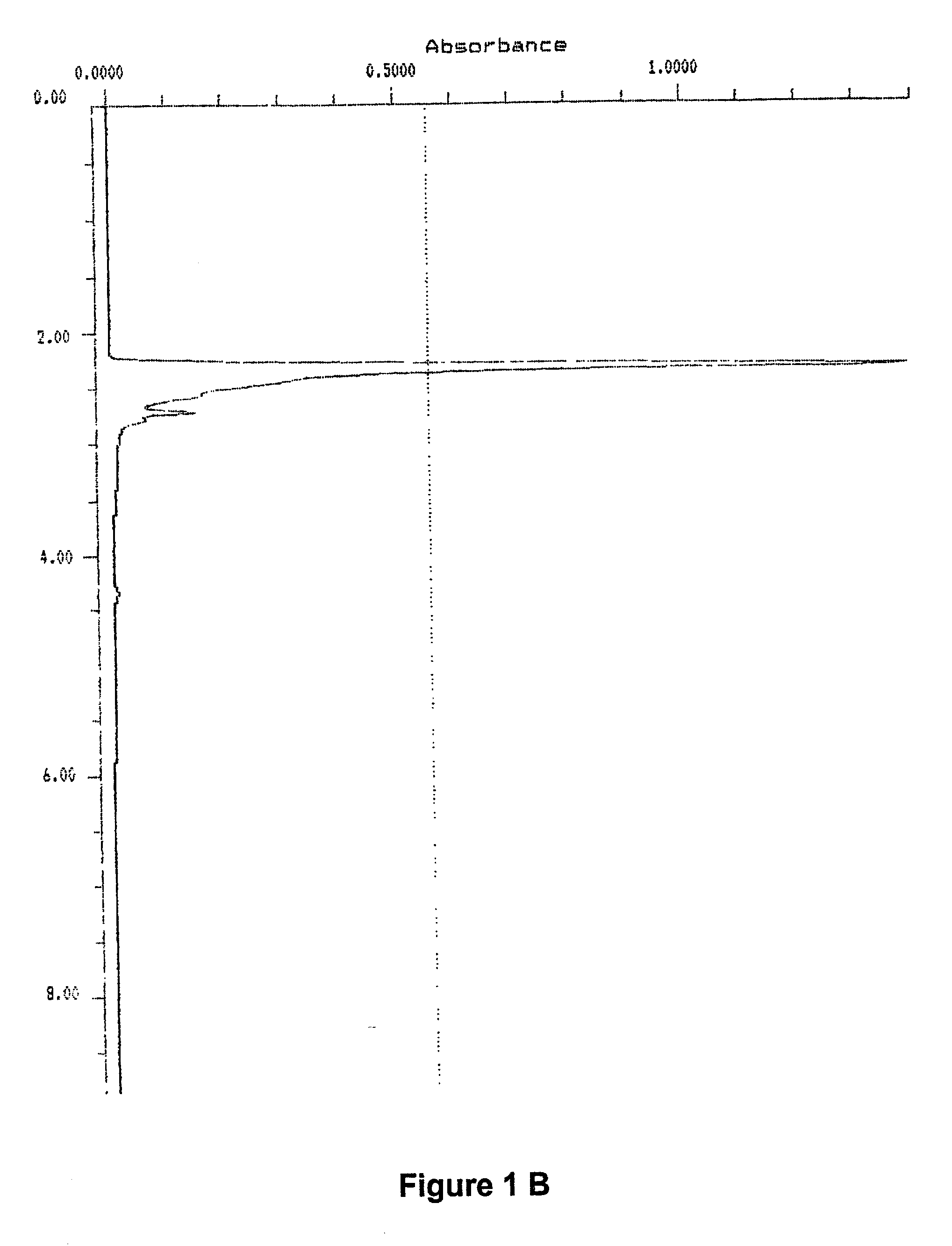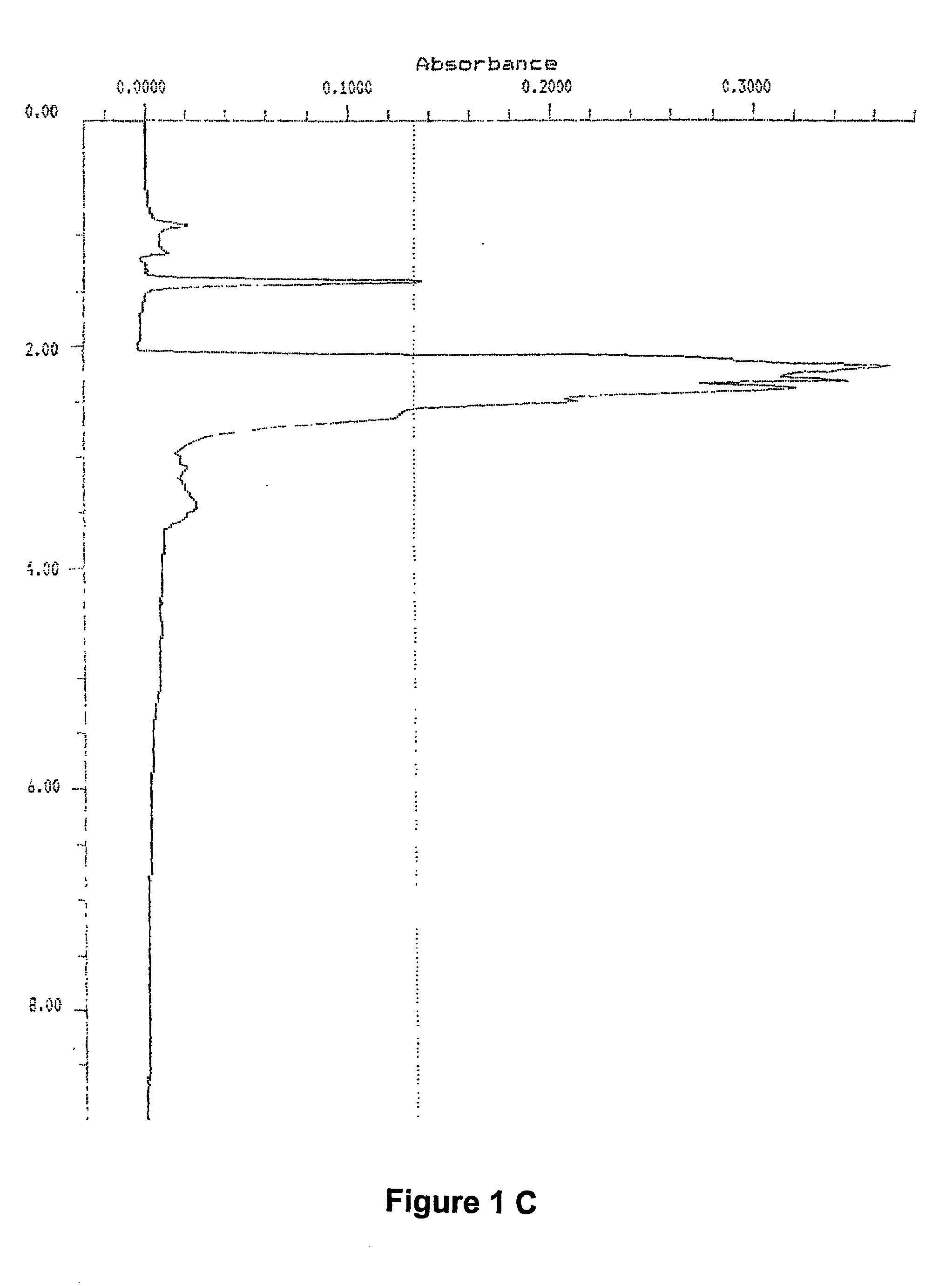Production of metabolites of interest by co-culture of plant cells and non-plant cells
a technology of co-culture and metabolites, which is applied in the direction of plant cells, biocide, plant growth regulators, etc., can solve the problems of culture in vitro, potentially inexhaustible source of novel molecules,
- Summary
- Abstract
- Description
- Claims
- Application Information
AI Technical Summary
Problems solved by technology
Method used
Image
Examples
example 2
[0054] Co-cultures in vitro of Ruta graveolens cells (common rue) and Verticillium dahliae
[0055] This example illustrates the possibility of culturing a dedifferentiated cell of plant origin in the presence of a phytopathogenic fungus.
[0056] Ruta graveolens is a plant of the family of the Rutaceae which synthesises furocoumarins including psoralen and some of its methoxylated derivatives: 5-MOP (bergaptene), 8-MOP (xanthotoxin) and 5,8-MOP (isopimpinellin). These furocoumarins are secondary metabolites produced in response to an aggression by a phytopathogen. They are thus phytoalexins limiting the proliferation of the phytopathogens.
[0057] Verticillium dahliae is a phytopathogenic lower fungus belonging to the family of the Adelomycetes of the order of the Hyphales which parasitises a large number of plant species including dahlia, cotton, potato, cocoa, tomato, eggplant or even the strawberry. Among others it synthesises a naphthoquinone: flaviolin or 2, 5, 7-trihydroxy 1,4-naphth...
PUM
 Login to View More
Login to View More Abstract
Description
Claims
Application Information
 Login to View More
Login to View More - R&D
- Intellectual Property
- Life Sciences
- Materials
- Tech Scout
- Unparalleled Data Quality
- Higher Quality Content
- 60% Fewer Hallucinations
Browse by: Latest US Patents, China's latest patents, Technical Efficacy Thesaurus, Application Domain, Technology Topic, Popular Technical Reports.
© 2025 PatSnap. All rights reserved.Legal|Privacy policy|Modern Slavery Act Transparency Statement|Sitemap|About US| Contact US: help@patsnap.com



